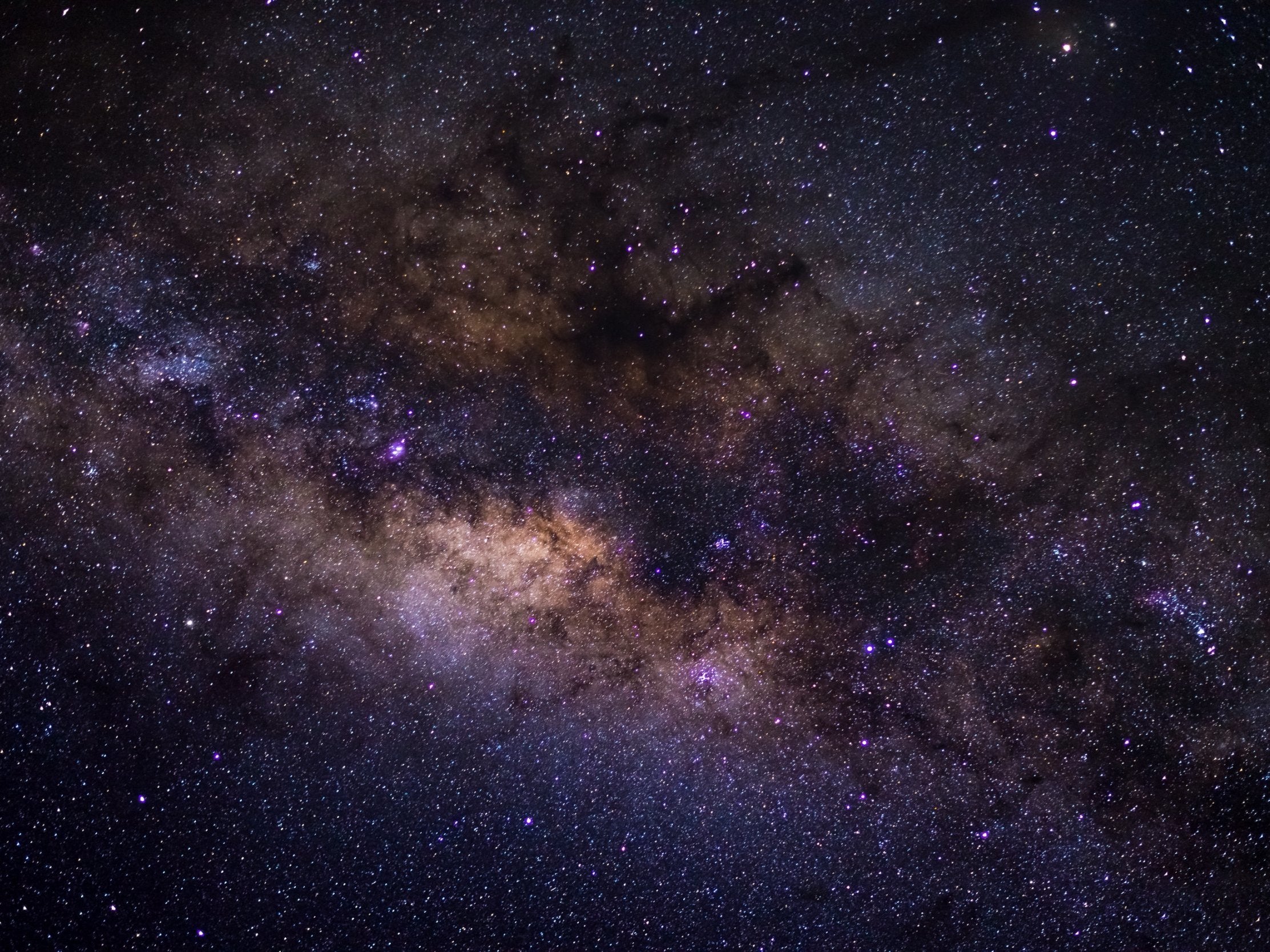Alien life could be found around stars that are squeezed together, study suggests
'Those worlds beloved of science fiction writers - where two suns shine in their skies above alien life - look a lot more likely now'

Your support helps us to tell the story
From reproductive rights to climate change to Big Tech, The Independent is on the ground when the story is developing. Whether it's investigating the financials of Elon Musk's pro-Trump PAC or producing our latest documentary, 'The A Word', which shines a light on the American women fighting for reproductive rights, we know how important it is to parse out the facts from the messaging.
At such a critical moment in US history, we need reporters on the ground. Your donation allows us to keep sending journalists to speak to both sides of the story.
The Independent is trusted by Americans across the entire political spectrum. And unlike many other quality news outlets, we choose not to lock Americans out of our reporting and analysis with paywalls. We believe quality journalism should be available to everyone, paid for by those who can afford it.
Your support makes all the difference.Alien life could be found in solar systems where to stars have been pushed together, according to new research.
The early life of planetary systems can often be difficult and dramatic: young planets orbit around suns that are found in clusters of stars that often collide with each other violently. Such dramatic moments have been thought to be difficult for life, since they are so harsh and violent.
It has meant that research has largely focused on planets and potential life around stars that are similar to our own, since we have been biased to presume that any other solar system that has aliens inside of it is likely to look like ours. Virtually none of those "solar twins" – stars that look like our own – have actually been found to exist.
But new research from the University of Sheffield suggests this period of difficulty could be positive in at least one way. Those difficult times when stars form in binaries could improve the chances of allowing the planets around them to be the right temperature, sitting in the habitable zone where liquid water can exist and life could flourish.
When they encounter a third star, a binary pair of stars might be pushed together. That in turn could expand the habitable zone, making life more possible.
The habitable zone is sometimes known as the Goldliocks zone: it is the distance from stars where the temperature is not too hot and not too cold. Those perfect conditions are thought to be necessary for life, since water will be able to be found and the complex molecules that can go on to become life can form.
Roughly a third of the star systems in our galaxy are thought to be made up of these binary pairs, and the chance of them being is higher when the stars are young.
In such systems, when the stars are far enough apart, the Goldilocks zone is set by the radiation coming out of the individual star. If the stars are close enough, the size of it increases, becuase the stars feel the warmth from each other and the planet is more likely to be in the right place, researchers Bethany Wootton and Richard Parker write.
By using computer simulations to understand how the stars might interact, they were able to understand how the encounters would affect the pairs of two stars. In a typical "stellar nursery", where there would be 350 or so binaries, some 20 of them would be squeezed together in such a way as to expand their Goldilocks zone, and with it the chance of alien life.
In some cases those habitable zones even overlapped. That would make the chances of life even higher.
"Our model suggests that there are more binary systems where planets sit in Goldilocks zones than we thought, increasing the prospects for life," says Wootton. "So those worlds beloved of science fiction writers - where two suns shine in their skies above alien life - look a lot more likely now."
Now researchers hope to use more computer models and try and understand if the difficult moment such binary pairs exist in are better than the positives they might give.
What's more, scientists will now be able to look towards these binary systems in the hope of seeing yet more clues about how habitable they are. While we are still some way off understanding whether these systems are actually able to support life, Parker said, the research could encourage more observation of places where they are actually occurring.
That does not necessarily mean that we have been looking in the wrong place, he said, but as we learn that it might be possible for stable solar systems to develop in places very different to our own, it is clear how little data we have on those systems. New research could further explore what is happening around those systems, and try and discover the kind of environments that might be found there.
Join our commenting forum
Join thought-provoking conversations, follow other Independent readers and see their replies
Comments